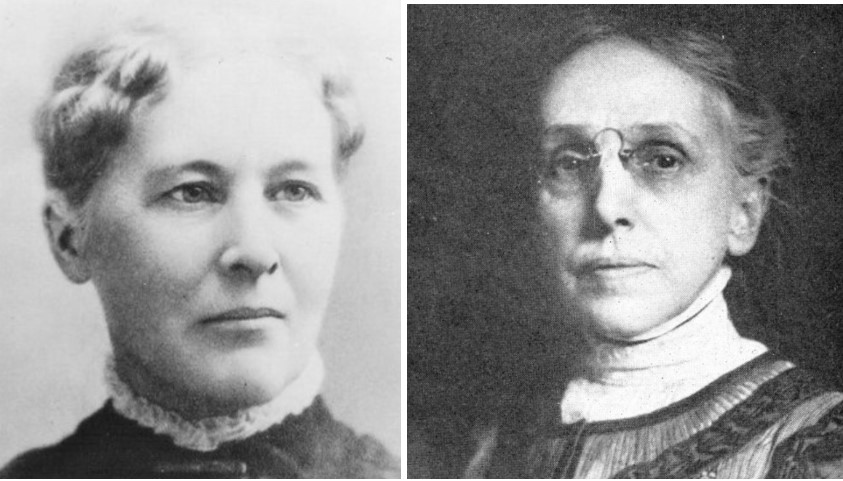Lady Luck: The Challenges of Women Moving Into Education Leadership
Despite long making up more than half the education workforce, women have had a long struggle getting to the highest leadership positions

According to Zippia’s data science team, more than 3,842,796 teachers are currently employed in the United States. Of these, almost 4 million teachers, 74.3% are women.
When considering school administrators, 55.4% of all school principals are women. In comparison, 44.6% are men, but when looking at the top leadership position, the numbers shift drastically, with only 28.5% of all school superintendents being women, while 71.5% are men.
These numbers expose women's challenges in moving into the top position in a system. Thank goodness there are plenty of role models for women seeking a move into the superintendent’s seat.
Paving the Way for Women Leaders in Education
The first female superintendent was Phebe Sudlow. Phebe taught for twelve years before becoming Davenport, Iowa’s public school superintendent in 1874. She demanded equal pay to the men who previously held the position and received it from the board offering her contract. Her efforts benefited Ella Flagg Young, who became the first female superintendent of an urban school district from 1909 until 1915. She was also the first woman president of the National Education Association. She graduated from a normal school and ultimately received her doctorate from the University of Chicago, where John Dewey served as her dissertation chair.
Maria Montessori is another woman who defined a philosophy of education based on the child’s perspective. That philosophy continues to be adopted today in education.
These pioneers in education have paved the way for today’s women and their work.
Phebe Sudlow may have received the equal pay she demanded, but women are still trying to get the pay scales they deserve. Although the gap is narrowing in superintendent salaries, women continue to make less than their male counterparts. Overall, women continue to have challenges around equal economic opportunity and equity in education; according to the American Civil Liberties Union,
Tools and ideas to transform education. Sign up below.
A 2022 UNICEF report indicates school leadership is the second most important in-school factor affecting learning after classroom teaching. Emerging evidence was highlighted in the report noting a positive association between women school leaders and student performance.
Moving Into Leadership
Pursuing your dream of becoming an administrator is always possible, but you want to be sure you are ready for the move. Moving into a leadership position as a female takes more effort, and you need to be prepared.
Here are some ways you can grow your leadership potential in your school, district, or community:
- Volunteer in community organizations
- Lead a department or faculty meeting workshop
- Chair a committee in your school or district
- Join a women’s group
- Read up on other leaders to get ideas
Another strategy for building your leadership potential is to follow leaders on LinkedIn to learn what they are doing and how they can help you. Here are some ladies to consider following to get started:
- Debbie Magee - Leads a Leadership Network with AASA
- Dr. Katherine Propst - Runs Project Lead at AASA
- Kecia Ray, Ed.D. - Hosted ‘The Honor Role,’ a podcast about extraordinary women in education
- Julie (Wilson) Jungalwala - Leads the Institute for the Future of Learning
You can also check out the WomenEd, a resource and support for women leaders in education in the UK with excellent resources applicable to any country. And, if you would rather sit down with a good book for motivation, check out Real Women Real Leaders by Kathy Hurley.
Although challenges may still be looming, particularly around equity and harassment, there has never been a better time to become a leader in education!
Dr. Ray's career includes designing technology within the Frist Center for the Visual Arts and directing technology research through Vanderbilt University School of Medicine Science Outreach programs. As a district administrator for Metropolitan Nashville Public Schools, she led the award-winning design, implementation, and evaluation of instructional technology programs, including instructional design for online and blended learning environments, redesigning physical learning environments, redefining school libraries, and establishing the first virtual high school to award the diploma. She leads K20Connect and other passion projects supporting K20 education around the world.

